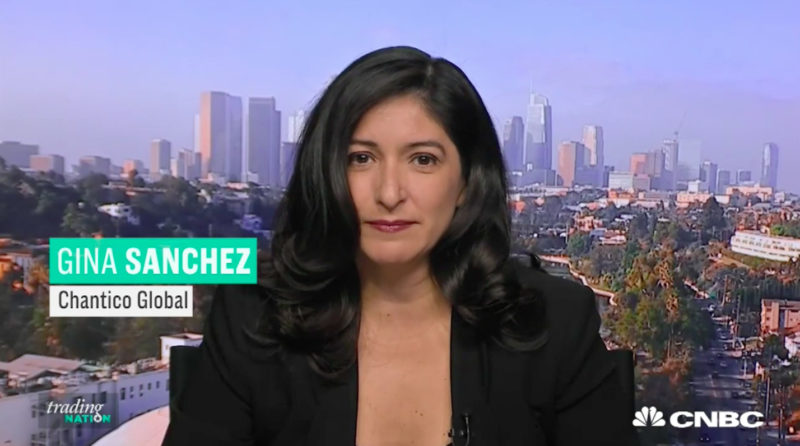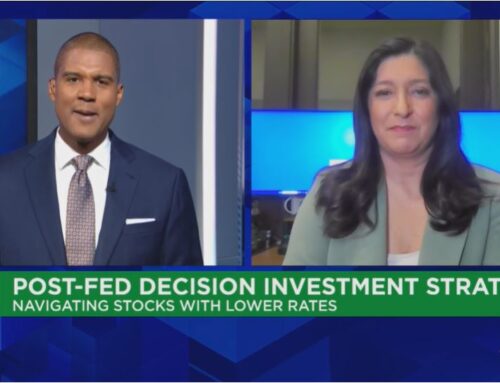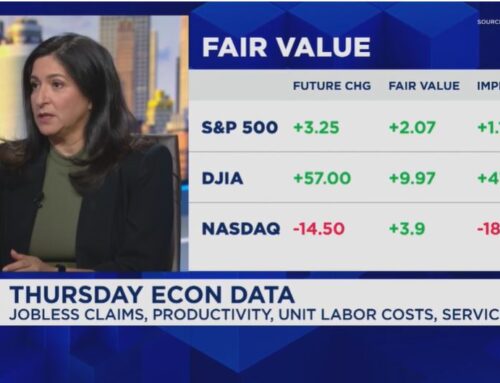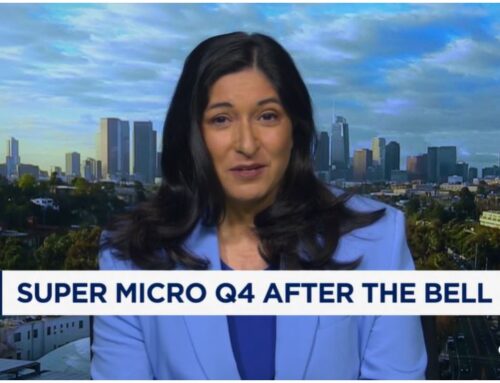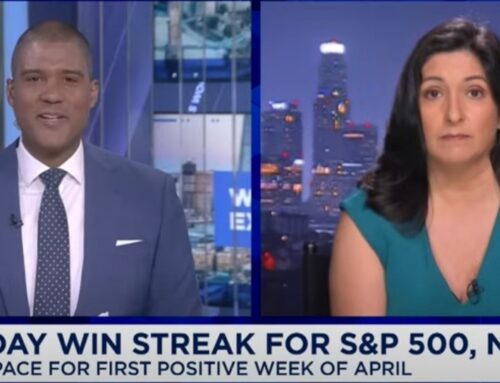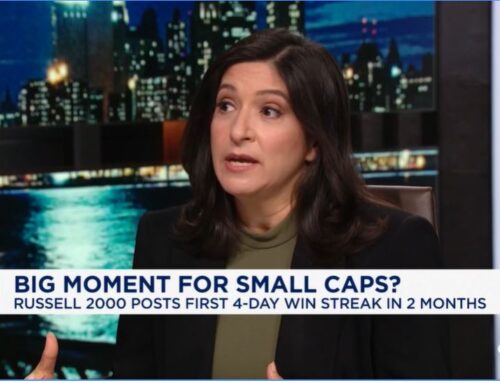As 2017 draws to a close, oil is rallying hard as OPEC supply cuts — combined with improving global demand — support the market.
Next year, however, is a different story. We see two conflicting views for crude in the coming year that could weigh on oil prices.
On Tuesday, WTI crude surged to its highest level since mid-2015, surpassing the $60-per-barrel milestone right before it settled, as an explosion at a pipeline in Libya prompted the loss of around 90,000 barrels of crude.
Looking ahead, OPEC’s optimistic view assumes its supply cuts will remain in effect, and the global supply glut will finally clear from the market. This view runs into some problems.
For example, the International Energy Agency warns of the potential for U.S. shale to continue to suck up market share, leaving the broader market in a less-than-ideal scenario. We tend to be more cautious in our outlook, but I see 2018 in two distinct parts.
How does the first half of 2018 look?
In the first half of 2018, we are quite bullish; we know Saudi Arabia continues to signal its intent to privatize part of Saudi Aramco, the state-owned oil company, in an initial public offering expected in late 2018.
As such, the Saudis will be quite motivated to keep prices up going into that sale. The risk to that outlook could become apparent if Russia stops cooperating, which has been a significant tipping factor in the cuts’ effectiveness.
And how about the second half?
We see a few reasons for oil to likely settle back down by the end of next year, likely in the $58 to $61 per barrel range for Brent.
First, if and when the Saudi Aramco sale comes to pass, the Saudis will have to deal with their own fiscal house. These cuts have burned a hole in their budgets, which have been coming out of reserves. This is a fiscally unstable position, and will have to be reckoned with.
Second, though U.S. shale production looks to slow, the drive to take market share and finance drilling in 2018 at current prices is high. Once the oil-rich kingdom falls back from its determination to cut, the market will flood once again.
A crash does not appear to be coming in 2018, because demand will continue to slowly improve through the year, and should be broadly supportive. We expect 2018 to ultimately prove flat, with a year-end target of $59 per barrel for Brent crude.

